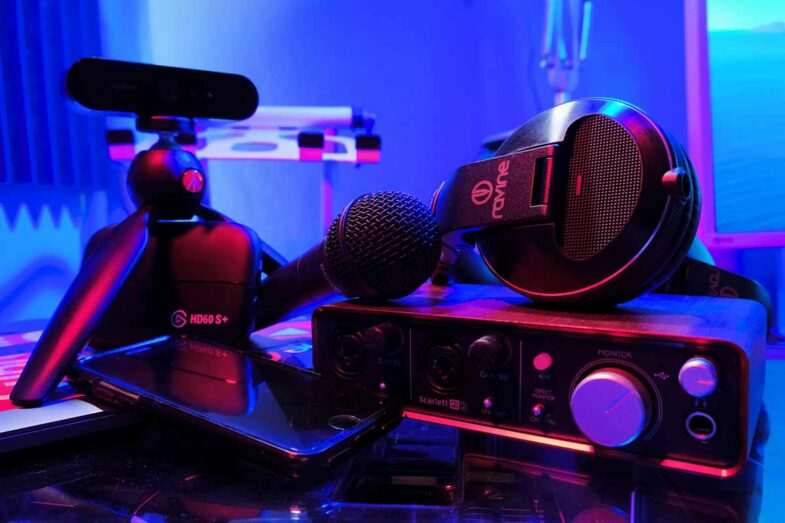T-shirt printing has become a popular way to express personal style, promote businesses, and even commemorate special events. Whether you’re looking to create custom designs for yourself, a sports team, or a promotional campaign, understanding the basics of t-shirt printing is key. This article will guide you through the fundamentals, from the various printing methods to choosing the right design, ensuring that you get the best results for your custom t-shirt project.
What Is T-Shirt Printing?
T-shirt printing is the process of transferring a design or image onto a t-shirt using various techniques. The goal is to personalize the garment, whether it’s for personal use, events, merchandise, or marketing purposes. Over the years, t-shirt printing has evolved, offering a range of methods that cater to different needs—whether you’re looking for high-volume production or a single, custom piece.
The versatility of t-shirt printing makes it one of the most popular choices for custom apparel. It allows you to showcase your creativity, spread a message, or create a cohesive look for a group, business, or event.
Different Types of T-Shirt Printing Methods
There are several methods for printing on t-shirts, and each one comes with its pros and cons. The key to choosing the right method lies in understanding your design, budget, and the quantity of shirts you need.
Screen Printing
Screen printing is one of the oldest and most well-known methods of t-shirt printing. It involves using a stencil (or screen) to apply layers of ink onto the fabric. This method is perfect for designs with a few colors and works best in bulk printing. It’s cost-effective for large orders, but it can become expensive for smaller batches due to the setup costs involved.
Screen printing provides durable, high-quality prints that can last a long time, even after several washes. It’s an excellent choice for businesses and organizations that need to print large quantities of t-shirts with consistent results.
Direct to Garment (DTG) Printing
DTG printing has revolutionized the t-shirt printing industry by enabling high-quality, full-color prints on demand. This method works like an inkjet printer, directly applying the ink to the fabric. The result is a soft print that blends seamlessly with the fabric, unlike the raised feel of screen-printed designs.
DTG printing is perfect for designs with complex details, multiple colors, or gradients. It’s also ideal for small batch printing or one-off custom designs. The only downside is that it can be more expensive for large quantities, and the print may not last as long as screen printing.
Heat Press Printing
Heat press printing involves using a heated plate to transfer a design from a special vinyl or paper to the t-shirt. This method is often used for smaller runs or individual prints, as it allows for full-color designs without the need for setup costs.
Heat press printing is highly versatile, and it’s perfect for individuals looking to create their own custom t-shirts at home or for small businesses. It’s not ideal for large runs, as it can be time-consuming, but it provides excellent results for simple, custom designs.
Vinyl Printing
Vinyl printing uses a specialized machine to cut out a design from a colored sheet of vinyl. The vinyl is then heat-pressed onto the t-shirt. This method is great for creating bold, single-color designs or text-based graphics. It’s often used for sports jerseys, logos, and monograms.
Vinyl printing offers durability and can withstand repeated washes, making it a popular choice for custom t-shirts that are intended to be worn regularly. However, it may not be the best option for designs that require intricate details or multiple colors.
Sublimation Printing
Sublimation printing is unique in that it involves turning solid dye into gas without passing through the liquid state. The dye is then embedded into the fibers of the fabric, creating vibrant, long-lasting prints. This method is best for polyester fabrics, as it requires synthetic materials to work effectively.
Sublimation printing allows for full-color, all-over prints that are soft to the touch. The ink becomes part of the fabric, meaning that it doesn’t fade or crack over time. However, it’s not suitable for cotton shirts, and the design must be light or white to achieve the best results.
Choosing the Right T-Shirt Printing Method
When choosing the best t-shirt printing method for your project, consider several factors: design complexity, order quantity, fabric type, and budget. If your design is simple, with just a few colors, screen printing is a cost-effective option, especially for large runs. For intricate or multi-colored designs, DTG or sublimation printing may be the better choice.
If you only need a handful of shirts, heat press or vinyl printing may be the most efficient, as these methods don’t require large setup fees. For more sustainable options, consider eco-friendly printing techniques that reduce waste, such as water-based inks or organic cotton t-shirts.
How to Create a Custom Design for Your T-Shirt
Creating a design for your t-shirt can be an enjoyable, creative process. First, think about the purpose of the design—whether it’s for personal use, branding, or an event—and what message you want to convey. You can use graphic design software such as Adobe Illustrator or Canva to bring your vision to life. These platforms allow you to create custom designs, even if you don’t have extensive design experience.
If you’re not confident in your design skills, there are plenty of free or paid templates available that can help you get started. Alternatively, you can work with a professional designer to bring your concept to fruition.
When preparing your design, be sure to use high-resolution images to avoid pixelation during the printing process. Also, ensure that your design is in the appropriate color format, such as CMYK for printing, to achieve the best results.
The T-Shirt Printing Process
Once you’ve chosen your printing method and finalized your design, it’s time to start the production process. Here’s a general overview of how the t-shirt printing process works:
- Preparation: Your design is sent to the printing company, where it is formatted to fit the dimensions of the t-shirt.
- Printing: The design is then applied to the t-shirt using the chosen method, whether it’s screen printing, DTG, or another technique.
- Curing: If required, the ink is cured through a heating process, ensuring that the print adheres to the fabric and becomes durable.
- Inspection: Finally, the finished t-shirts are inspected for quality before being packed and shipped.
This process can take anywhere from a few days to a week, depending on the complexity of the design and the printing method used.
Common Mistakes to Avoid in T-Shirt Printing
While t-shirt printing can be a straightforward process, there are a few common mistakes that can affect the final result. One of the biggest errors is submitting low-resolution artwork. Ensure your design is clear and sharp to prevent pixelation during the print.
Another mistake is selecting the wrong printing method for your design. For instance, intricate designs with many colors may not be suitable for screen printing. Make sure to choose a method that best suits your design’s complexity.
Lastly, pay attention to the size and placement of your design. Incorrectly sized artwork or poor placement can make the final product look unprofessional.
Where to Get T-Shirt Printing Done
When it comes to finding the right t-shirt printing service, you have several options. Local print shops can offer personalized service and quicker turnaround times, while online services can often provide competitive pricing and a wider range of options.
For high-quality results, consider investing in advanced printing technology, such as the Prestige DTF printer, which provides excellent color accuracy and long-lasting prints on a variety of fabrics.
Conclusion
T-shirt printing is a creative and versatile way to showcase your style, promote your business, or commemorate special events. By understanding the different printing methods and knowing how to choose the right one for your needs, you can ensure that your custom t-shirts look great and last for years. Whether you choose screen printing, DTG, or another method, the right approach can make all the difference in achieving the perfect design.
With this guide, you’re now equipped with the knowledge to start your t-shirt printing journey, ensuring that your custom designs are both stylish and durable.









